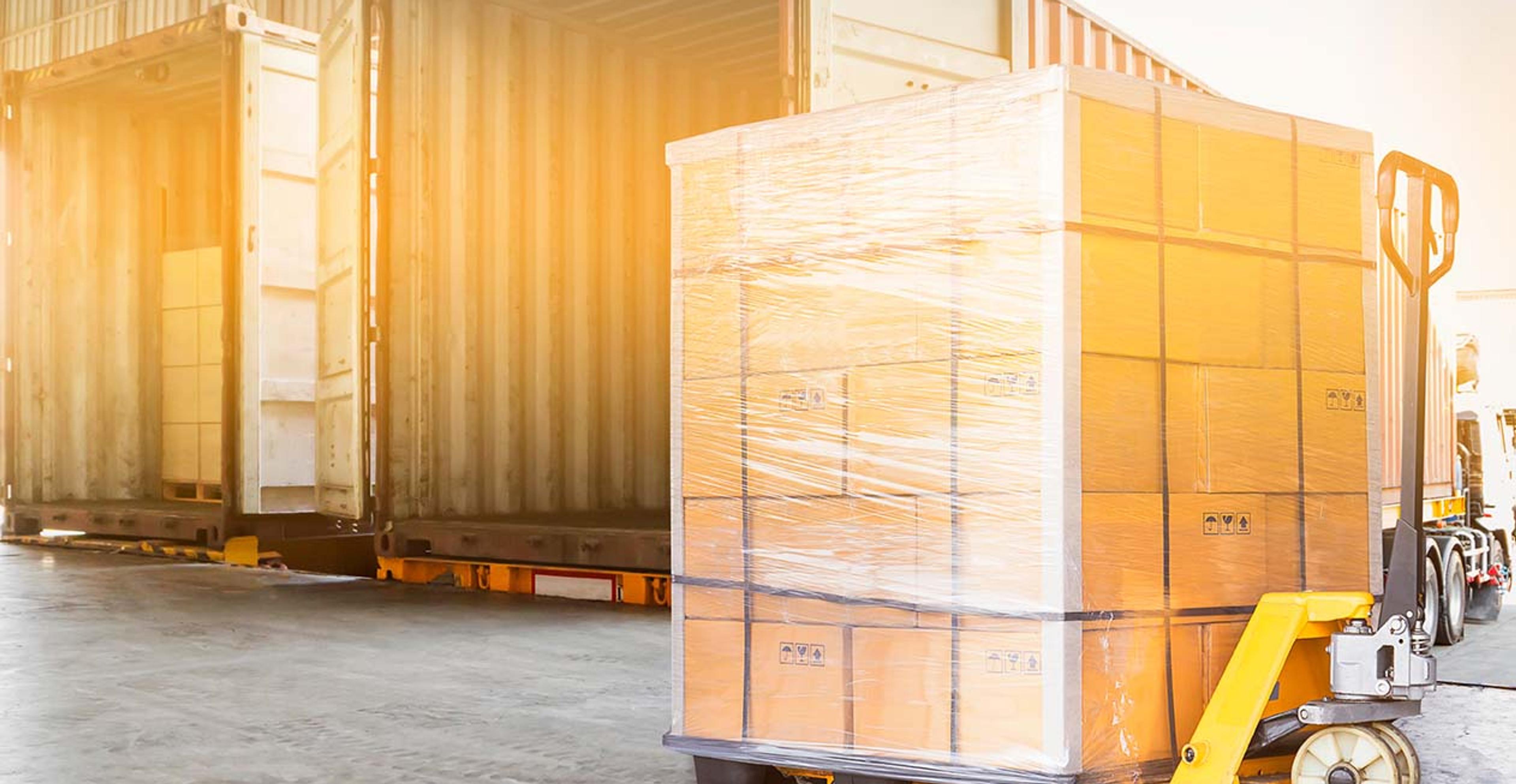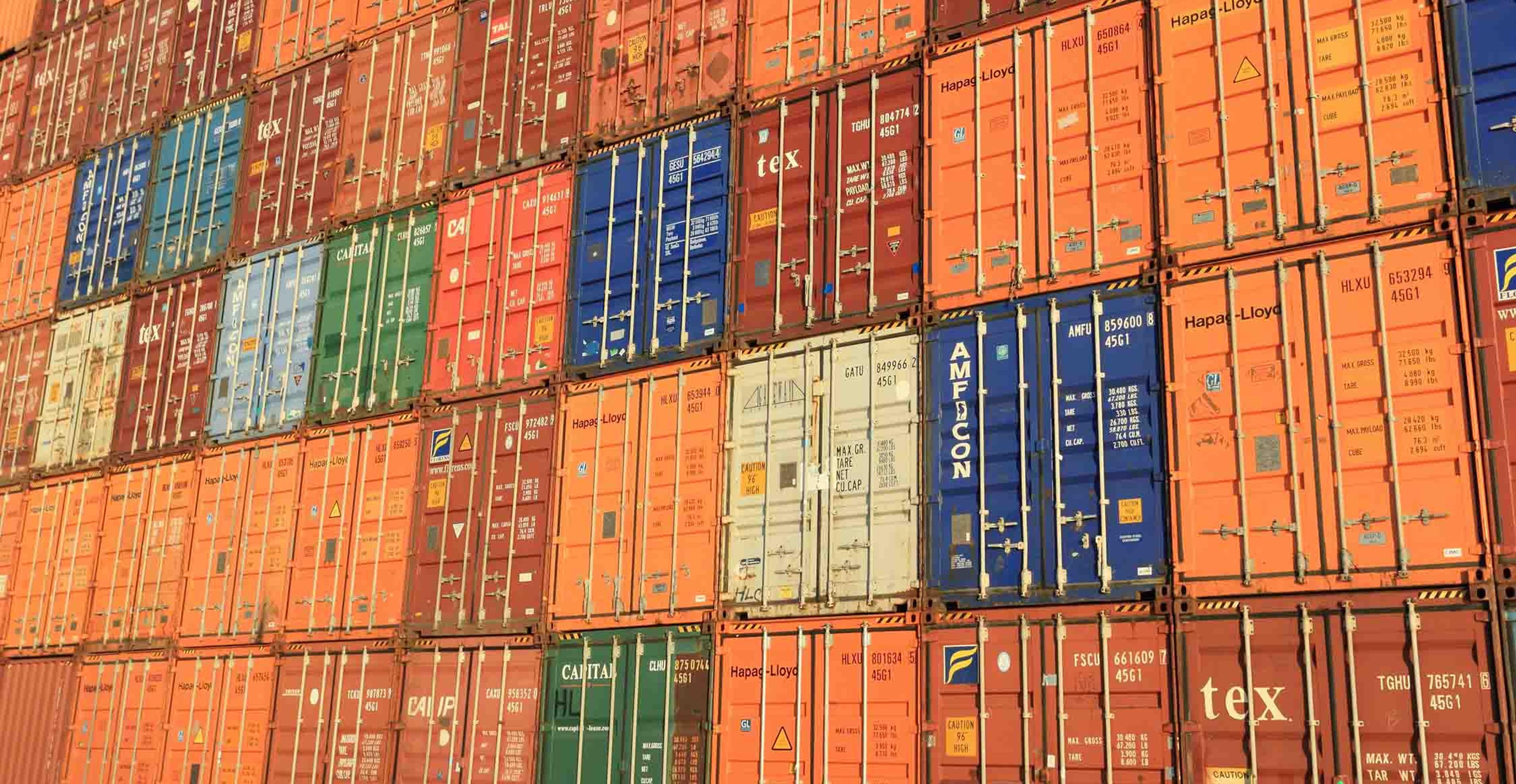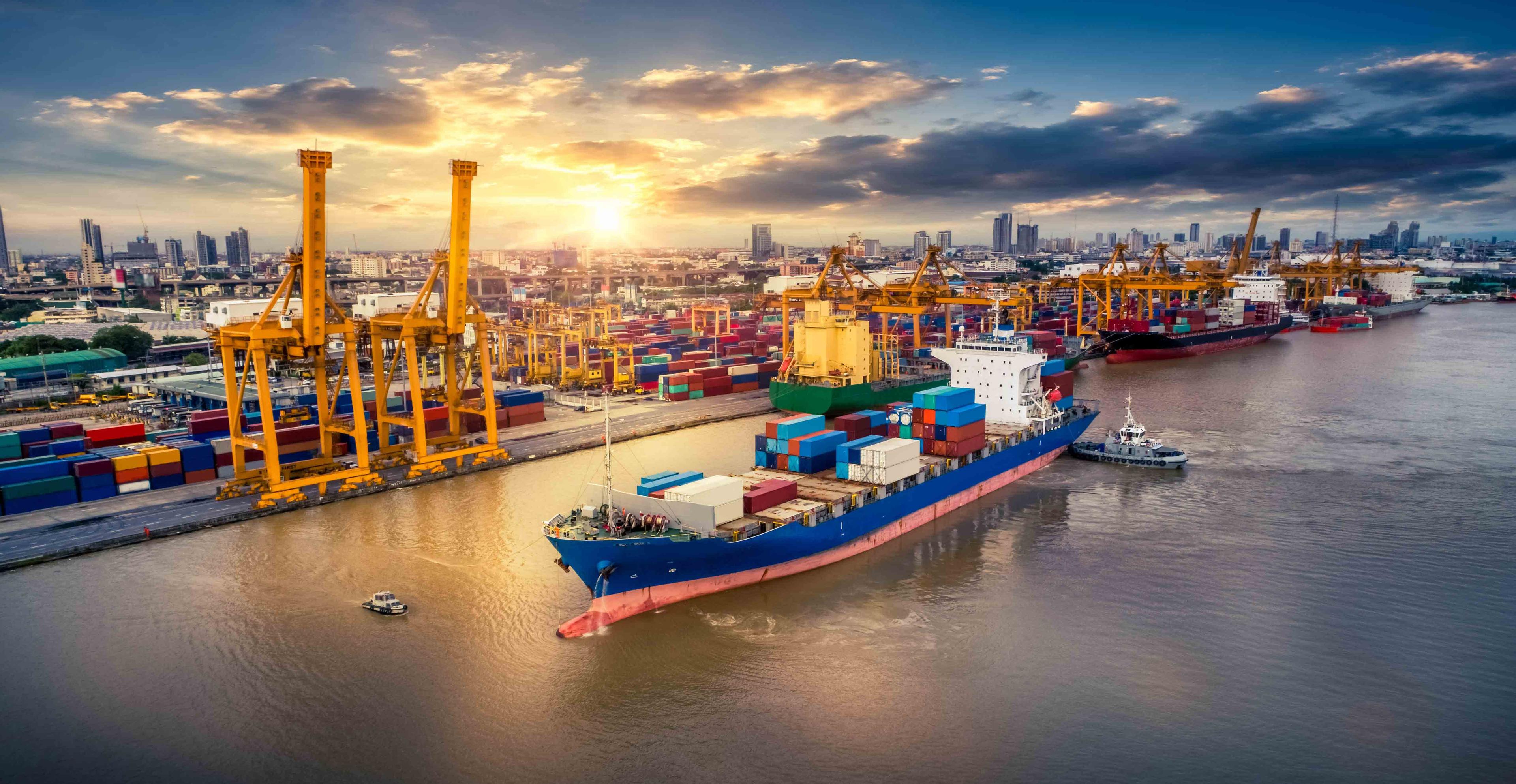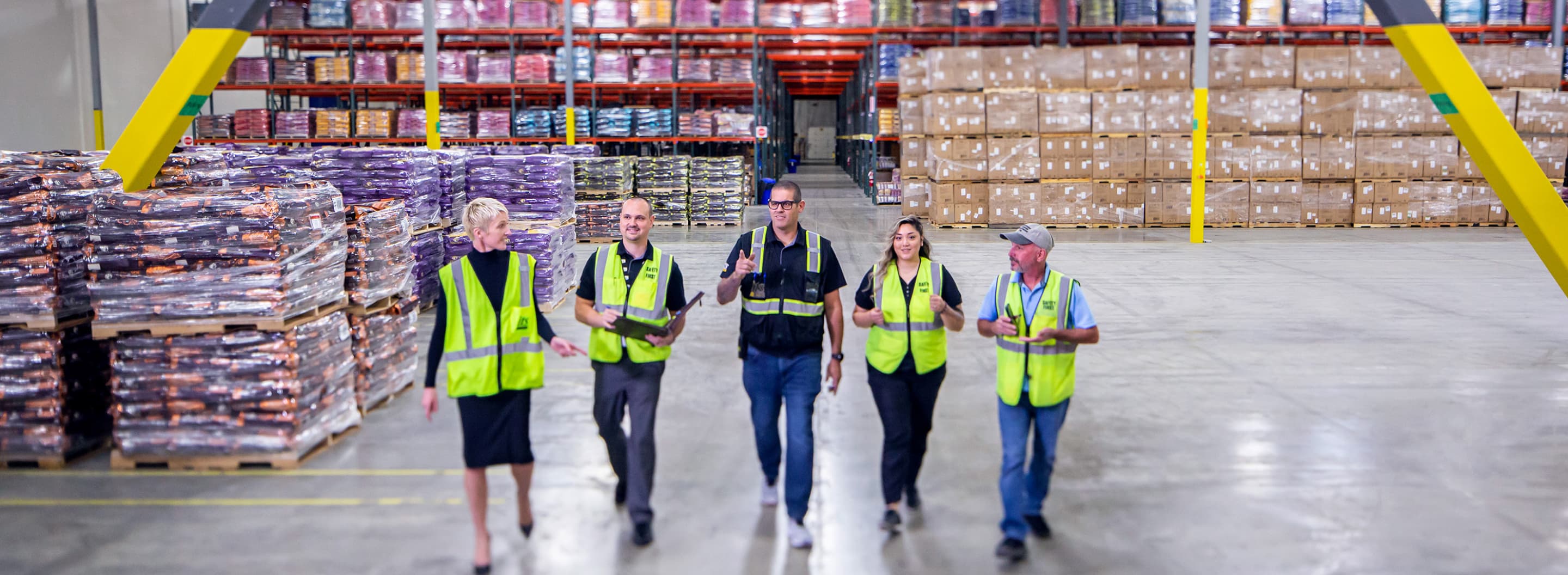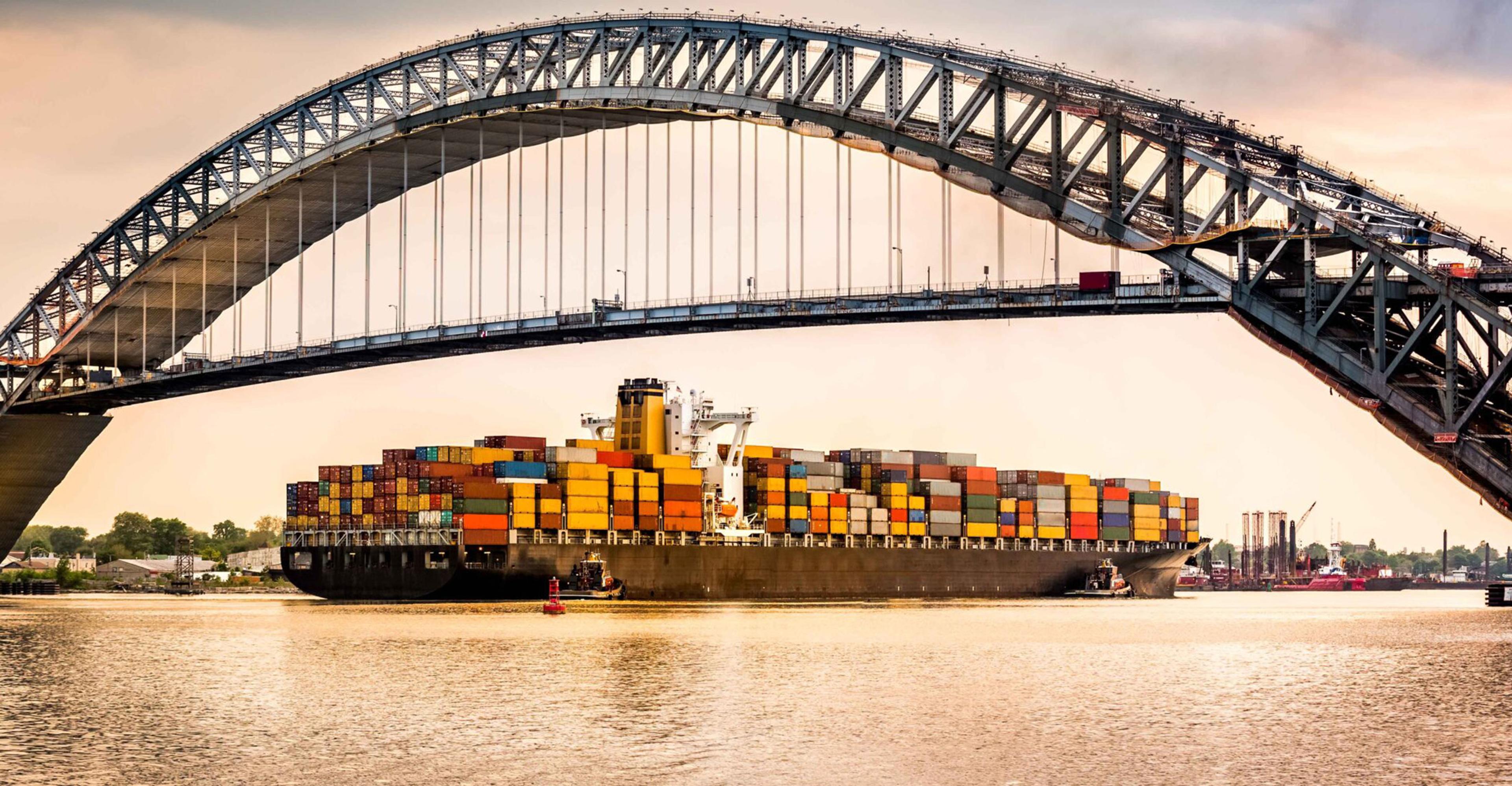
National vs Regional Drayage Carrier: What to Consider
To optimize efficiency and cost savings when it comes to drayage services, it’s imperative to select the right logistics partner. Many companies struggle when it comes to choosing a national vs regional drayage carrier for their specific needs. A logistics partner should possess a wealth of knowledge on seaports and terminals, inland ramps and ports, and a comprehensive network of drayage yards. As the 11th ranked Drayage and Intermodal transportation provider in North America, ITS Logistics leverages technology and strategic partnerships to deliver an exceptional drayage and intermodal services
When considering a logistics partner, it’s essential to assess whether a North American or regional footprint best suits the company’s needs, based on the specific drayage service required. There are numerous differentiating factors to consider, such as the scope of network, operational capabilities, and overall customer service approach. Making an informed decision enables companies to optimize container drayage and intermodal drayage services, saving both time and money in the long run.
Advantages of using regional logistics service providers
The advantage of using a regional service provider is that all their drivers and equipment are based in a specific region. Having assets and people within their network provides them with specialization and a deeper understanding of the ports and terminals within the surrounding areas. For a long time, utilizing regional carriers worked well because most supply chains were stable up until the 2020 pandemic. The following 18-24 months have shown that preparation is necessary for unknown disruptions and to stay vigilant about the state of the industry. Engaging with a transportation provider that has a North American footprint enables agility and flexibility in the face of challenges.
- Shippers have options as they move to access different parts of the country to avoid challenges.
- Regional carriers can reflect the operational requirements needed to keep supply chains fluid.
- They are highly specialized to specific drayage port region.
- They have typically built great connections and relationships within their region, including with local drivers.
- Knowledge on seaports and terminals, inland ramps and ports within their network.
Disadvantages of using regional logistics service providers
Transportation is a crucial aspect of the United States economy, given the size of the country and high demand for the movement of goods. Smooth shipping transportation from point A to B is vital for ensuring on time delivery and customer satisfaction. Once network challenges arose in 2020, so did complications in the regional carrier model. Freight had to be diverted to new ocean terminals outside of the region or change modes of transportation to avoid supply chain disruptions. Diverting freight to another port complicated the process and resulted in more work for supply chain leaders that was simply not sustainable. Regional carriers are not able to offer intermodal options such as rail dray services, cross-docking, and domestic over the road transportation when diversion of cargo is necessary. When carriers can offer solutions to complex shipper needs, it allows them to be flexible when the supply chain experiences disruptions.
- The 18-24 months following the 2020 pandemic have shown that regional carriers cannot flex into new markets or have the scope to.
- Demand outstrips supply of these shipping networks relatively quickly when operational requirements for shippers change drastically.
- Finding and setting up new regional carriers, negotiating rates, and modifying schedules when freight diversion takes place requires a lot of time and effort. This can also result in additional charges and revenue loss.
- Doing business with unfamiliar regional carriers can be risky because there is no established rapport.
- A lack of visibility into the network prevents these small teams from focusing on accurate billing and accessorial management. With less capital and people to invest in technology, unseen disruptions are more likely to arise.
- Limited resources to deal with disruptions that occur outside of their region due to smaller network and less geographical flexibility.
Advantages of using North American logistics service providers
North American logistics service providers have a more extensive network of resources, flexibility, technology, and infrastructure to manage disruptions. They have access to multiple warehouses and distribution centers, along with different transportation modes. This is helpful when it is necessary to reroute freight in order to minimize disruptions. North American logistics service providers can offer a wide range of advantages for businesses to cost-effectively streamline their operations. A larger network can also add greater supply chain visibility software platforms to the shipping process. This can alert shippers of disruptions more effectively through real-time tracking technology.
- The depth of logistics experience is greater, which means they are used to diverted cargo and suggesting creative solutions when needed.
- Larger companies have more resources, highly trained professionals in specialized roles, and better technology.
- Offer and specialize in multiple modes of transportation to adapt to rapid changes in supply chain networks.
- National carriers invest in and maintain yards throughout North America, allowing customers to store containers at a lower cost.
Disadvantages of using North American logistics service providers
There are many advantages to using a national carrier. With that, they may not always be the best option for all transportation and logistics needs. Overall, businesses should take the time to evaluate their supply chain needs. Afterward, they can determine whether a national carrier is the best for their specific requirements.
- If the operational footprint of a shipper is compact, a regional provider may be a better fit for the volume of cargo being handled.
Shippers and BCOs should consider bringing on dray providers that have a nationwide footprint, supply aggregated capacity, and offer robust visibility platforms. Logistics service providers with a large operational footprint will give shippers the needed flexibility to book to out of network ports to avoid disruptions and reduce the need to onboard new regional carriers.
Learn more about partnering with ITS Logistics to fulfill all Container Drayage and Intermodal services
Deciding if a national vs regional drayage carrier best suits your needs can be difficult. There are advantages and disadvantages to regional and national carriers, and an abundance of factors play into the decision. ITS Logistics provides outstanding port and rail drayage services, door-to-door intermodal solutions, and cross-dock/transload services throughout North America. The team at ITS Logistics excels at container drayage and intermodal transportation with strategic partnerships at ocean ports, rail ramps, and a network of warehouses across the country. Experience superior customer service through unique industry experience and advanced technology to meet any logistics need. Contact us today to speak with a dedicated team that truly cares – we will deliver!
